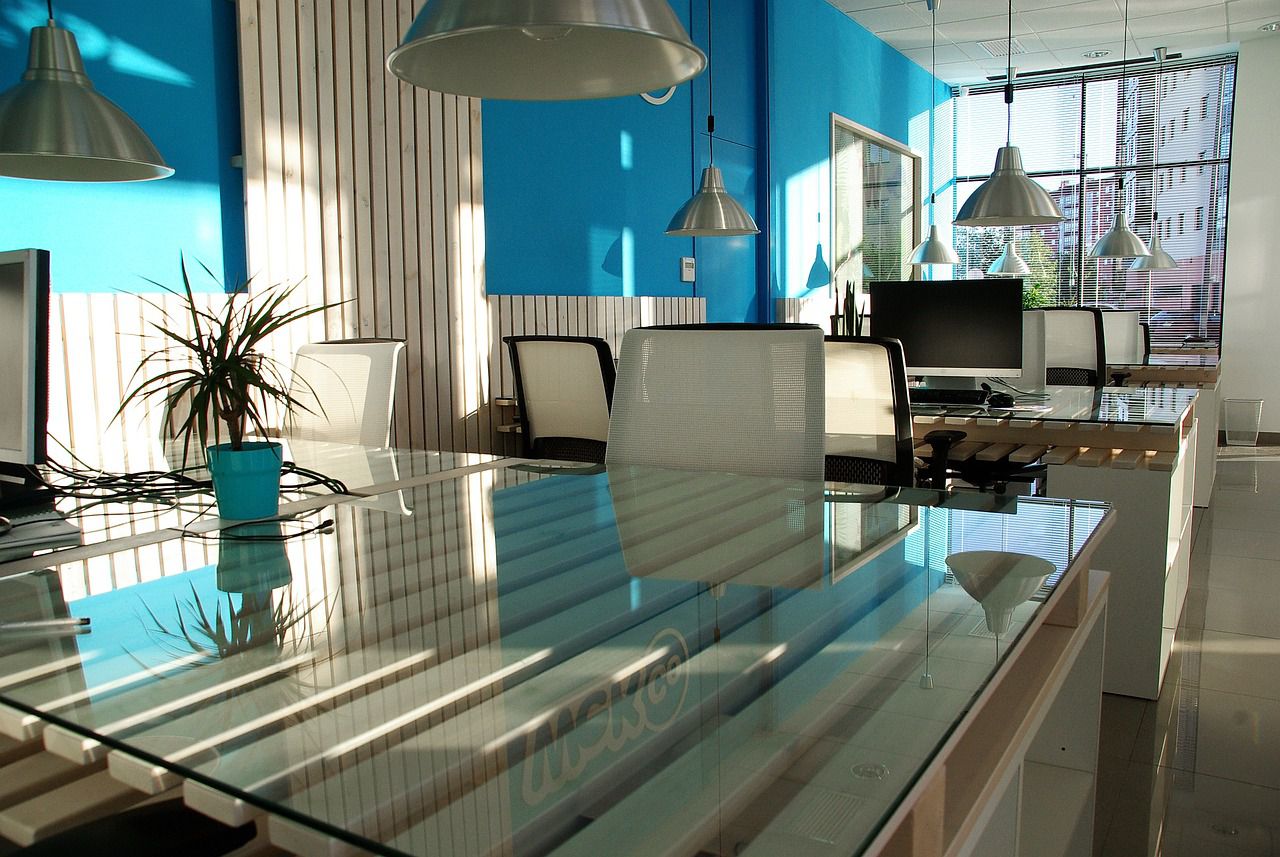Interior colors have a significant impact on our emotions, mood, and overall psychological well-being.
Different colors evoke different feelings and can influence our perception of a space.
Here's a breakdown of how various interior colors can affect your emotions.

Blue
Blue is often associated with calmness, tranquility, and relaxation.
Blue is great for bedrooms, bathrooms, and spaces where you want to create a sense of serenity and escape from stress.
Yellow
Yellow is a cheerful and uplifting color that can evoke feelings of happiness, energy, and positivity.
Yellow works well in kitchens, dining rooms, and areas where you want to promote a sense of warmth and vibrancy.
Green
Green symbolizes nature and growth. It can induce a sense of balance, harmony, and renewal.
Green is suitable for living rooms, home offices, and spaces where you want to create a connection with nature and promote relaxation.
Orange
Orange is a warm and energetic color that combines the vibrancy of red with the positivity of yellow.
Orange can work well in spaces where you want to create an inviting and sociable atmosphere, like living rooms or entryways.
White
White is often associated with purity, cleanliness, and simplicity.
White works well as a base color to make rooms feel larger and brighter.
It's commonly used in bathrooms and kitchens.
Gray
Gray is a neutral color that can evoke feelings of stability, calmness, and neutrality.
Gray can be used in various spaces as a versatile background color, so it's often used in modern designs.












